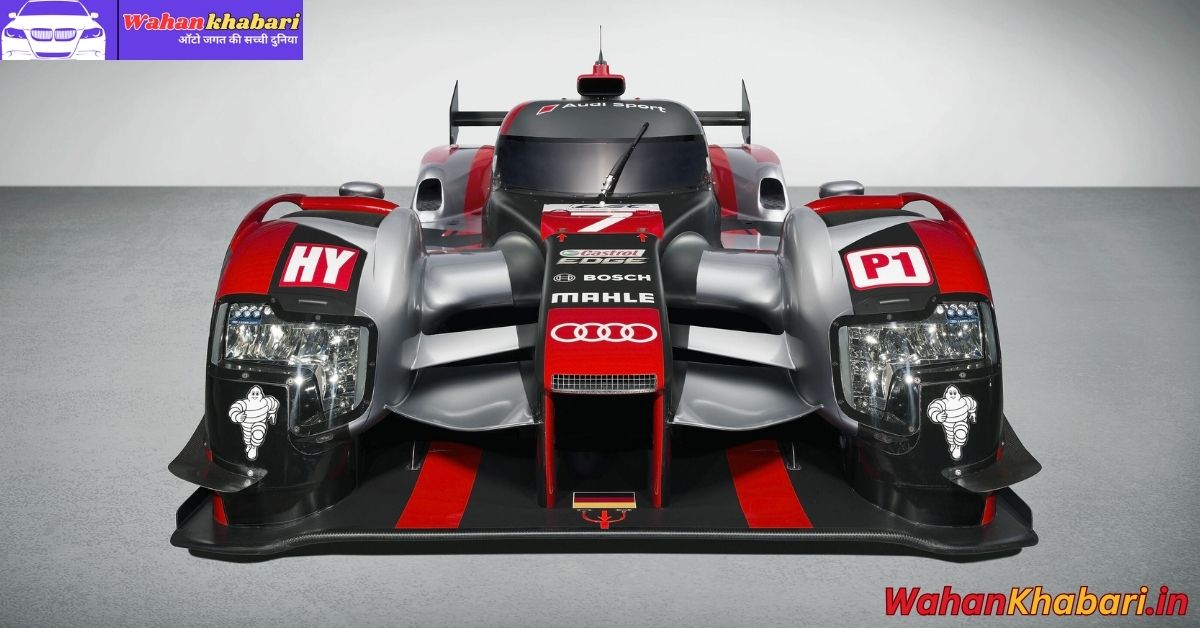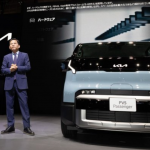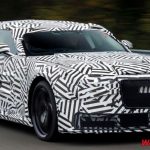In the world of motorsport, two machines stand out as the epitome of technological innovation and engineering prowess: The Audi R18 e-tron quattro and the modern Formula 1 car. While both are masterpieces designed for speed, performance, and efficiency, they exist in fundamentally different racing worlds. One was built to conquer the brutal endurance challenge of Le Mans, while the other dominates the high-stakes, high-speed sprints of Formula 1 circuits worldwide.
So, how do they really compare? Let’s dive into what makes each of these racing beasts unique.
Design Philosophy: Endurance vs. Sprint
The Audi R18 e-tron quattro was Audi’s answer to the World Endurance Championship (WEC), particularly targeting the grueling 24 Hours of Le Mans. It wasn’t just about speed—it was about lasting 24 hours at near-maximum performance, under varying weather and lighting conditions, with a full team of drivers and minimal mechanical issues. This required a design that balanced performance, fuel efficiency, durability, and aerodynamics.
In contrast, a Formula 1 car is engineered to extract maximum performance over a relatively short race distance—typically around 305 km or roughly 1.5 to 2 hours of racing. Every component is optimized for light weight, peak performance, and agility. Reliability is crucial, but the stresses endured are different compared to a 24-hour endurance race.
Powertrain Technology: Hybrid Innovation
The R18 e-tron quattro was one of the first LMP1 (Le Mans Prototype 1) cars to feature hybrid technology, combining a 3.7-liter V6 turbocharged diesel engine with a flywheel-based energy recovery system (ERS) that powered electric motors on the front axle. This system effectively turned the R18 into a temporary all-wheel-drive car under acceleration, improving traction out of corners—a huge advantage in endurance racing.
Formula 1 cars also use hybrid technology but in a different form. The modern F1 power unit consists of a 1.6-liter turbocharged V6 engine paired with a motor generator unit-kinetic (MGU-K) and a motor generator unit-heat (MGU-H), connected to an energy store (battery). These components work together to harvest and deploy energy during braking and from the turbocharger, contributing up to 160 additional horsepower.
While both systems aim for performance and efficiency, the R18’s hybrid system was built with endurance and energy conservation in mind, while the F1 system is designed to maximize acceleration and overtaking.
Aerodynamics and Handling
Both cars are aerodynamic marvels, but with distinct goals.
The Audi R18 features closed bodywork and a design tailored for low drag and stability at high speeds—vital for long straights like the Mulsanne at Le Mans. The car generates significant downforce but not to the extreme levels seen in F1, where lap-time optimization is paramount.
Formula 1 cars, on the other hand, are open-wheel, open-cockpit machines with extremely complex aerodynamic packages, including front and rear wings, diffusers, and bargeboards. They generate far more downforce than the R18, allowing them to corner at extraordinary speeds, but at the cost of higher drag.
Performance Stats: Speed vs. Efficiency
- Top Speed:
- Audi R18 e-tron quattro: ~340 km/h (depending on setup and circuit)
- Formula 1 car: ~370+ km/h (on tracks like Monza with DRS)
- 0-100 km/h Acceleration:
- Audi R18: ~2.8 seconds
- F1 car: ~2.5 seconds
- Weight:
- Audi R18: ~870 kg (including driver and fluids)
- F1 car: ~798 kg (2025 regulations, including driver)
Despite their similarities, these stats underline the differing priorities: endurance and efficiency for the R18, raw pace and cornering G-force for the F1 car.
Racing Environment
Audi’s R18 had to survive traffic, day/night cycles, variable weather, and driveability over 24 hours. It also had to accommodate multiple drivers, meaning compromises in ergonomics and adjustability.
F1 drivers are solo warriors. Each car is built around a single driver’s preferences. The tracks are short, controlled, and optimized for safety and performance. Pit stops are high-speed ballets, not the longer service stops seen in endurance racing.
Legacy and Innovation
Audi’s R18 program ended in 2016, but it left a massive legacy in hybrid endurance racing and influenced later Hypercar designs. It showed the world that performance and sustainability could coexist.
Formula 1 continues to evolve rapidly, with the 2026 regulations aiming to increase electric power deployment and improve fuel sustainability—partly inspired by the lessons learned in endurance racing.
Final Thoughts
The Audi R18 e-tron quattro and a Formula 1 car are both pinnacles of motorsport, but they’re built for different purposes. One is a marathon runner, the other a sprinter. One must survive everything a 24-hour race throws at it; the other must push the limits of what’s possible in just a couple of hours.

Hello, my name is Muskan Kumari and I am an experienced Digital Marketer. I have been blogging for the last 3 years and I have special interest in SEO. Here I give you easy bikes and writes easy-to-understand reviews and news about the latest bikes, helping readers choose the best options.. My aim is to always provide you with accurate, new and useful information.










